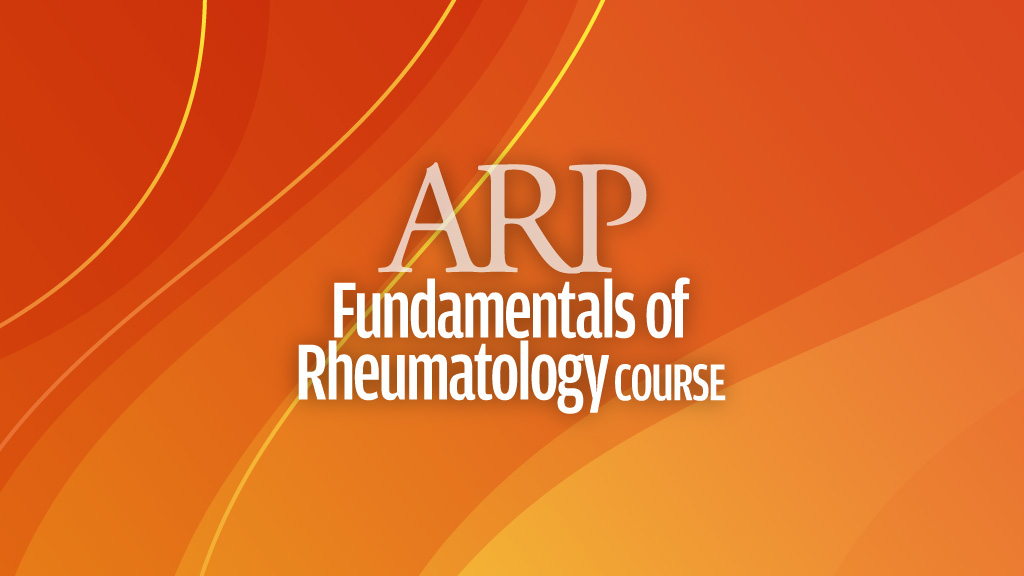Get a foundation of all the basics, including the basics of innate and adaptive immunity, the physiologic processes of inflammation, immunity, and immune deregulation, and the basics of joint structure.

From childhood to adulthood, this next activity explores identifying key signs and symptoms, defining the three major types of rheumatic disease, and establishing treatment goals in children and adults.

The third activity of the ARP-FRC series will focus on distinguishing the soft tissue conditions commonly seen in rheumatology, including osteoarthritis, fibromyalgia, and bursitis or tendonitis.

Learn assessment components for rheumatic disease patients, proper interview processes with a focus on involving the patient in care, and the procedure for assessing a joint exam with abnormal findings.

Patients with rheumatic diseases need guidance, knowledge, support, resources, and compassion. This activity will describe the multiple ways rheumatic disease can impact a person and their well-being.

An expert understanding of medications used to treat rheumatology patients is essential. Learn more about dosages, patient safety concerns, potential medication errors, precautions, warnings, and more.

As medical professionals, you are trained to find solutions for patients’ pain. This activity focuses on the impact of pain, different types of pain, and how to personalize your treatment per patient.

Improving quality of life for rheumatic disease patients should be top priority. Discover how to help your patients restore function, identify therapies and tools, and how to refer for rehabilitation.

Help your patient self-manage. This crucial element in the patient’s care plan can help them feel confident. Learn the skills, activities, and support programs for self-management in this activity.

The final activity of the series will focus on everything you need to know about coordination of care throughout the care continuum for children, adolescents, and young adults with rheumatic diseases.
